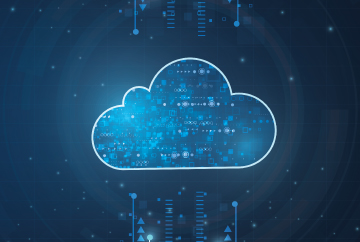Leveraging analytics to respond to economic challenges
Every organization has a unique EDM requirement. Unlike ERP, each organization need to define its own EDM architecture and schema based on its needs. Below are few important business scenarios where EDM plays an important role for an enterprise customer:
- ERP Transformation program during acquisition and merger
- Expansion and closure of a manufacturing plant for an existing ERP
- Informational data master shared across the applications
ERP applications: Currency rate, Business Unit, Cost Center, Profit Center, AccountsSCM applications: Currency rate, Sub-inventory, Locator, Operating Unit, Receiving Site, Distribution CentersCX applications: Currency Rate, Sales Org, Sales TerritoryHCM applications: Org, Department, Grade associations
- Reference data (payment terms, UOM, Regions)
Let us take an example to understand how organizations can scale EDM to ensure growth
- Acquisition or merger is a complex process in today's world and expansion to new regions or locations consumes more time during rollouts
For instance, your organization has decided to expand the business in a new region they need to understand, "How quickly the rollout to the new region can be done for different applications for both front end and back end?" or "What are the key information objects which need to be considered during expansions." EDM can help you answer the above-mentioned questions to solve the business problem.
During the EDM Cloud implementation, break the business problems and discover the information data required for every business. Data created can be transformed into respective systems with the appropriate governance based on defined norms.
Top 5 questions which organizations should ask during EDM implementation are:
(i) How to evaluate and gather data shared across applications?
(ii) What are the sources, target applications consuming the enterprise data?
(iii) How to define the governance for each business functions across an organization?
(iv) How to define the data transformation process during the integration?
(v) What are the data bottlenecks that can slow down organization transfer?
(ii) What are the sources, target applications consuming the enterprise data?
(iii) How to define the governance for each business functions across an organization?
(iv) How to define the data transformation process during the integration?
(v) What are the data bottlenecks that can slow down organization transfer?


